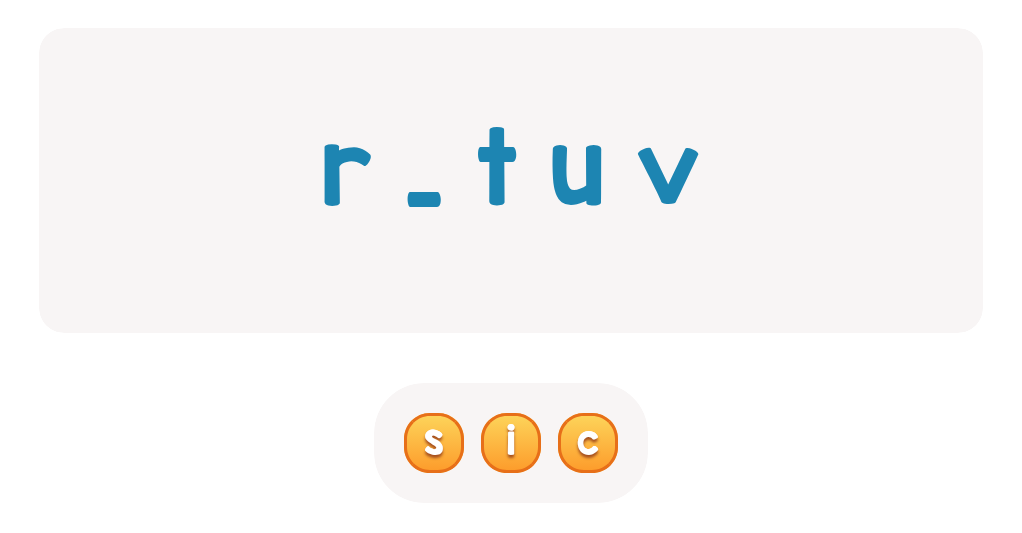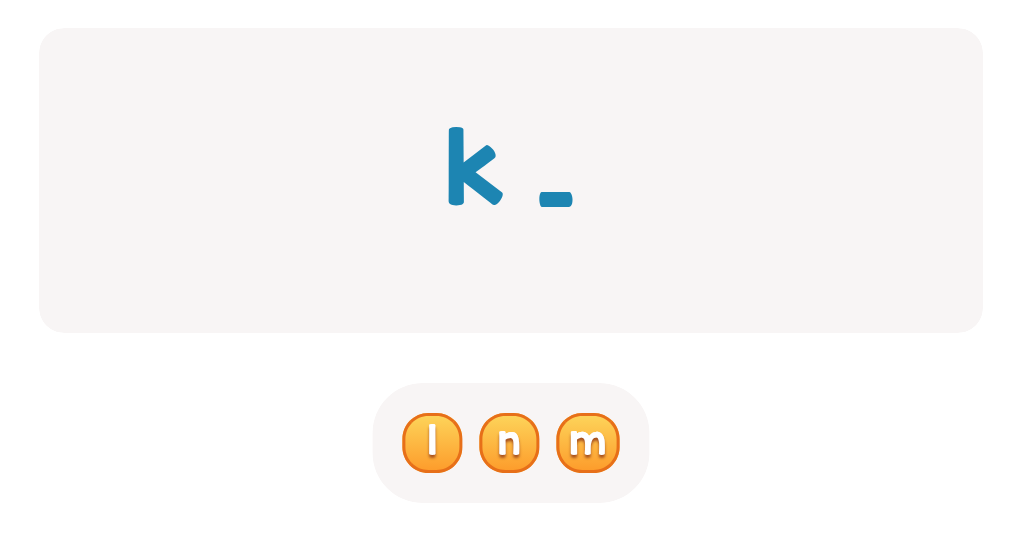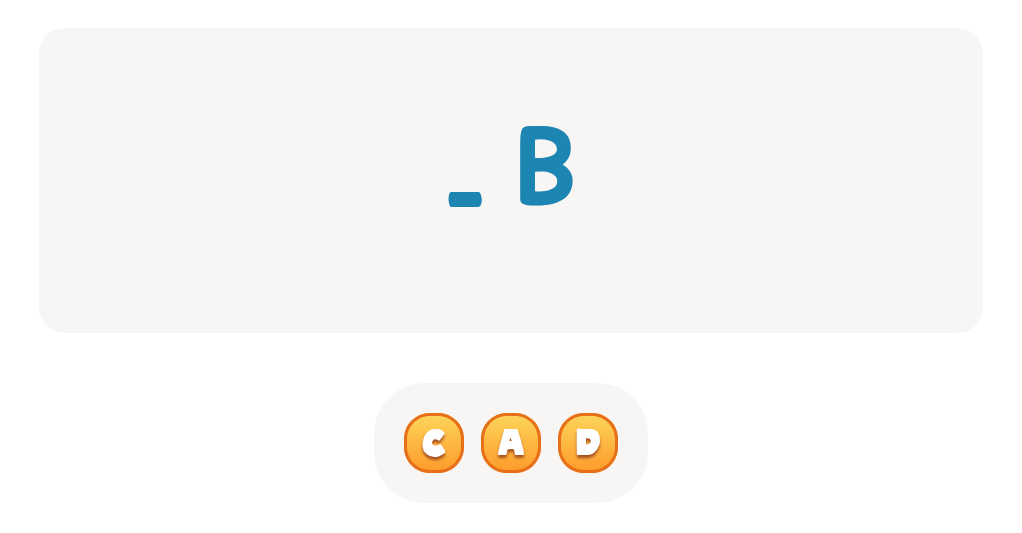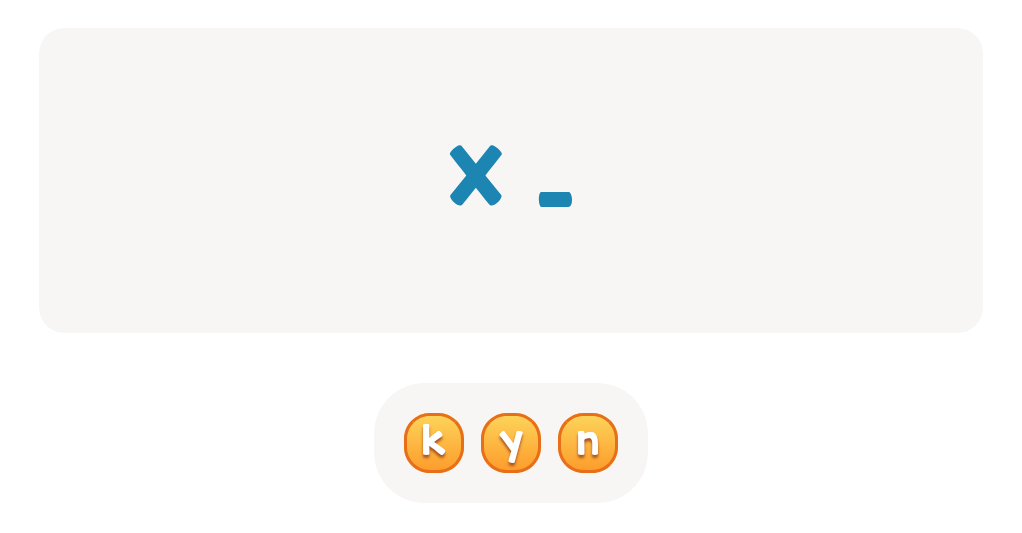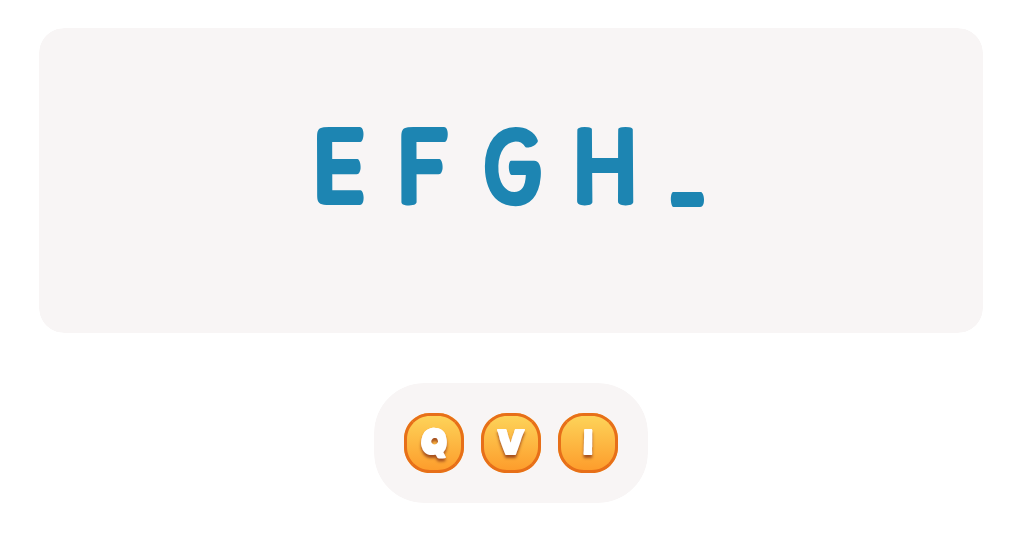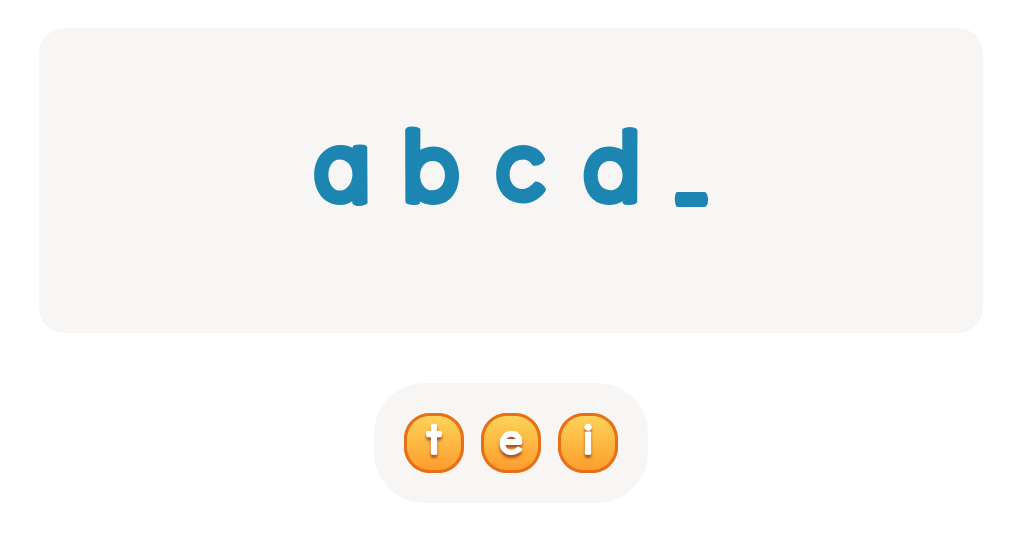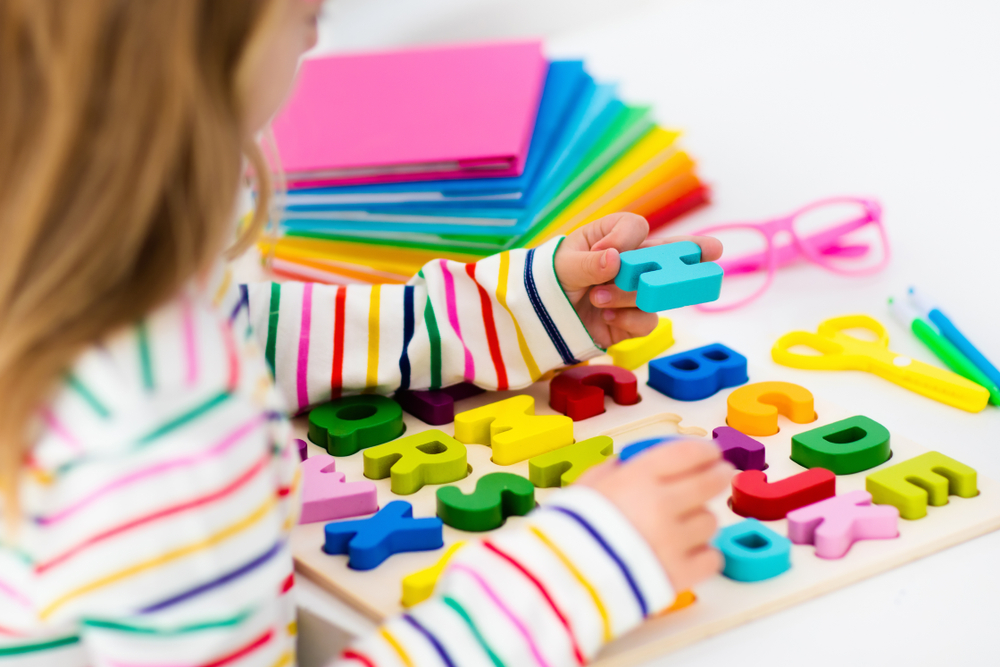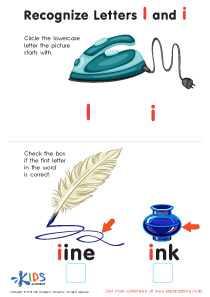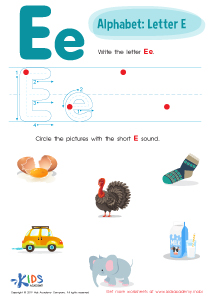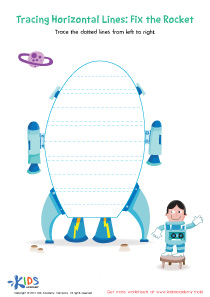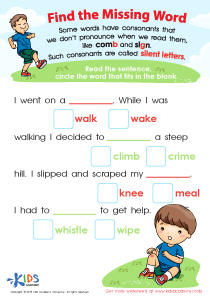Alphabet sequencing Normal Upper & Lowercase Letters Worksheets for Ages 3-6
4 filtered results
-
From - To
Introducing our engaging Alphabet Sequencing Worksheets, designed specifically for children ages 3-6! These interactive printables help young learners master the order of both uppercase and lowercase letters. Through fun activities, kids will practice recognizing and sequencing letters, laying a solid foundation for reading and writing skills. Each worksheet features colorful illustrations and diverse exercises that keep children excited and motivated. Perfect for use at home or in the classroom, these worksheets are ideal for early literacy development. Encourage your child's love for learning with our captivating Alphabet Sequencing Worksheets today! Visit our site for more resources and activities.
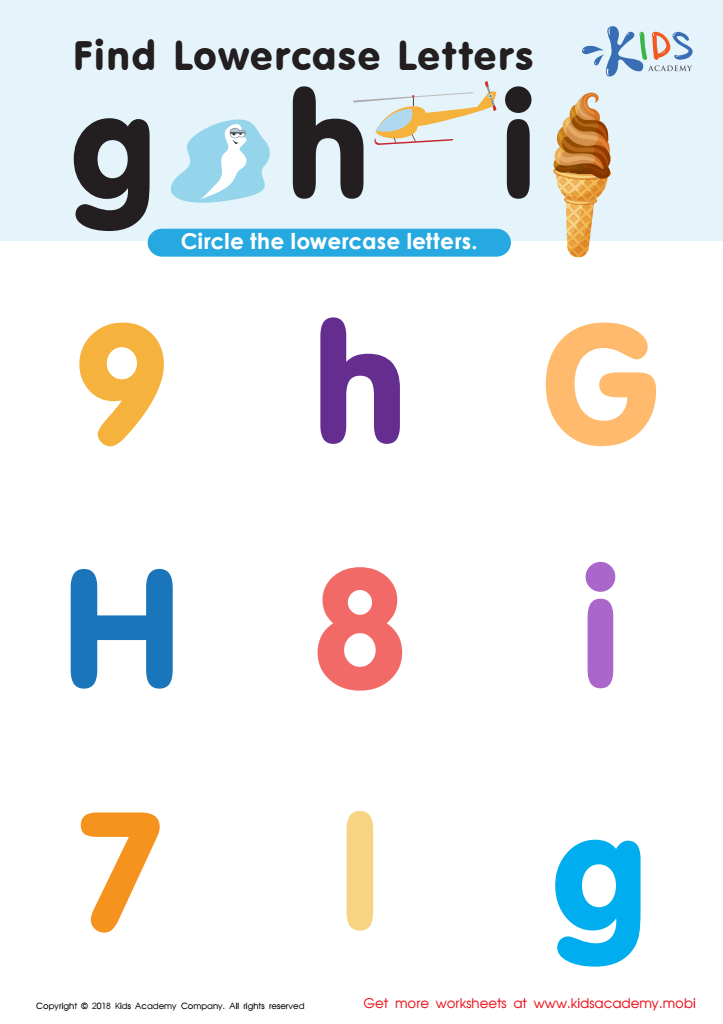

Find Lowercase Letters g h i Worksheet
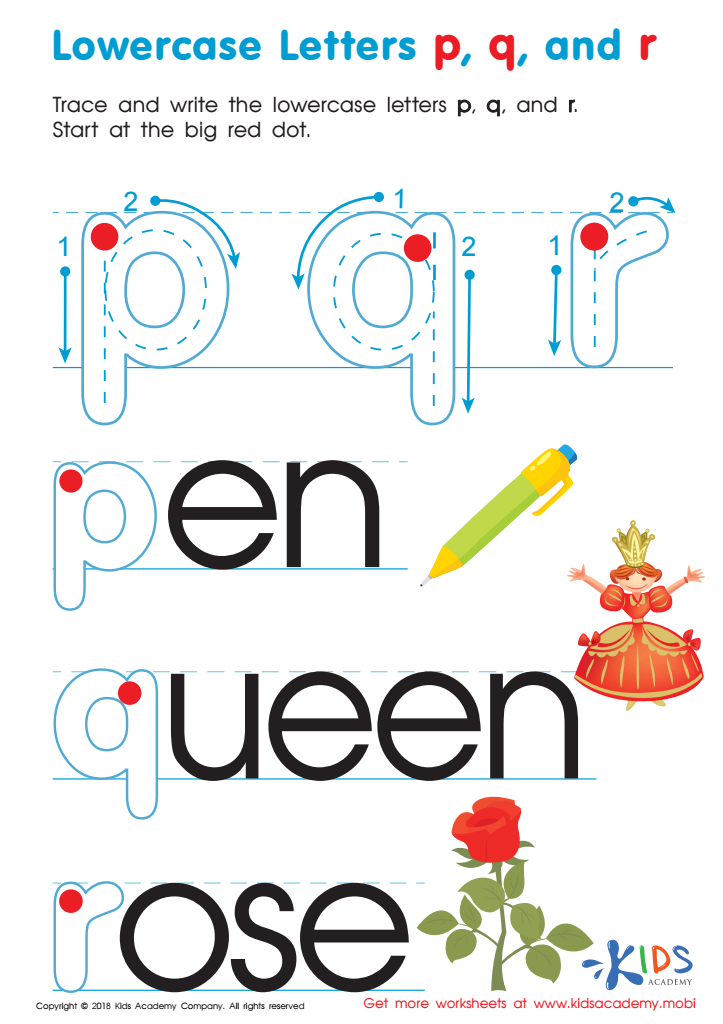

Lowercase Letters p q r Worksheet
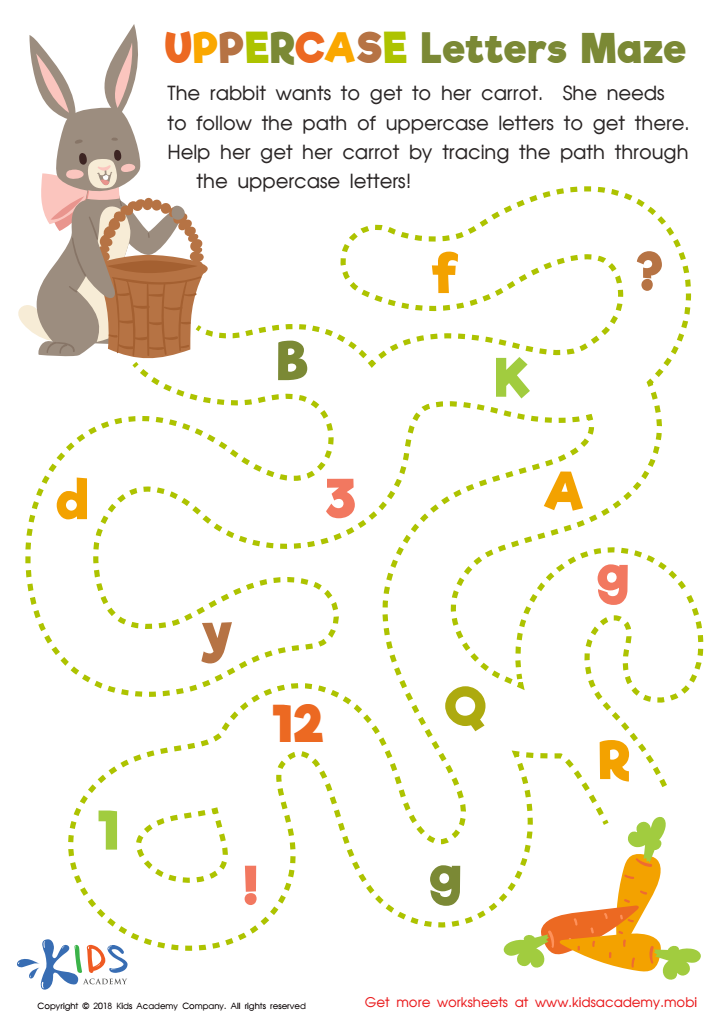

Uppercase Letters Maze Worksheet
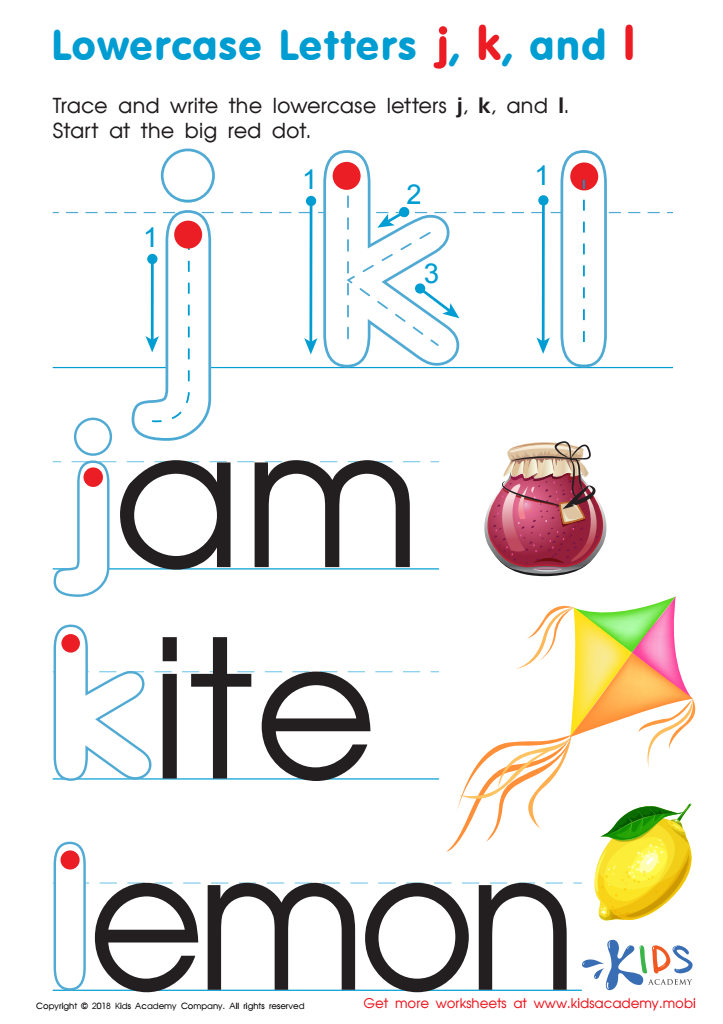

Lowercase Letters j k l Worksheet
Alphabet sequencing, including normal upper and lowercase letters, is crucial for children aged 3-6 as it forms the foundation for literacy skills. During these formative years, children are increasingly exposed to letters in various contexts, and understanding their sequence enhances phonemic awareness, a key component in reading development. Recognizing the order of letters not only aids in spelling but also lays the groundwork for understanding the structure of words and sentences.
Parents and teachers should care about this process due to its impact on language acquisition. When children become familiar with the alphabet sequence, they strengthen their ability to decode written words and develop reading fluency. This skill also transfers to writing, helping children format their thoughts logically.
Moreover, engaging in alphabet sequencing activities fosters cognitive development. It encourages problem-solving, categorization, and memory skills, which are essential for overall academic success. Additionally, reinforcing the use of both uppercase and lowercase letters helps children become comfortable with diverse text representations, promoting greater ease in reading various materials.
In summary, understanding alphabet sequencing is vital for young learners as it underpins literacy skills, cognitive development, and overall academic readiness—areas that should matter significantly to both parents and educators.
 Assign to My Students
Assign to My Students

